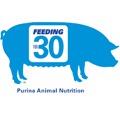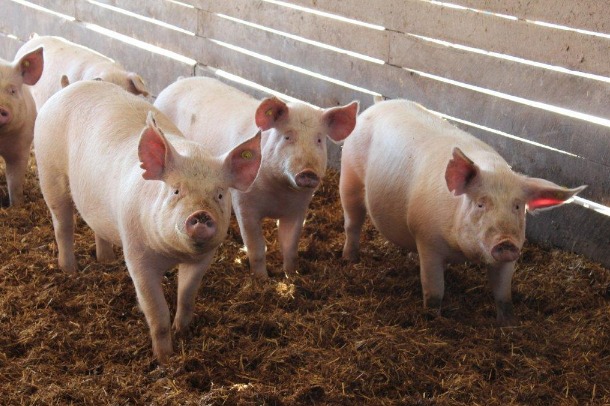 Sows that are better able to move through the facility on a structurally-sound set of feet and legs have a greater opportunity to reach their full potential. Producers can help prevent sow lameness by monitoring and treating lame sows and preventing problems before they occur.
Sows that are better able to move through the facility on a structurally-sound set of feet and legs have a greater opportunity to reach their full potential. Producers can help prevent sow lameness by monitoring and treating lame sows and preventing problems before they occur.
Sow lameness is a prevalent issue in the U.S. swine industry. In fact, lameness and its effect on swine reproduction are responsible for the culling of more gilts and first-parity sows – up to 50 percent of the sow herd according to some estimates – than all other production factors combined.

In addition to higher culling rates, lameness can affect joint, muscle and skeletal development and its stress on the sow is shown to influence reproduction through longer wean-to-estrus intervals, more non-productive sow days, smaller litter size, fewer pigs weaned and poor fertility.[1] Decreased feed consumption caused by lameness can also lead to issues due to decreased body condition scores.1
“Recognizing and understanding the factors contributing to sow lameness is the first step to deal with this growing problem,” says Mark Wilson, Ph.D., reproductive physiologist at Zinpro Corporation. “Sow lameness affects all aspects of swine production, including gilt-development schemes, parity distribution and nutritional requirements.”
Early cases of lameness may be illustrated through: shortened stride, uneven steps and stiff joints; obvious head bobbing while walking; swaggering of the hindquarters; arched back while walking; reduced weight bearing on affected limbs and/or reluctance to move.
Claw lesions are commonly found on 15 to 40 percent of developing gilts. Inflammatory lesions cause pain and stress, directly impacting the animal’s performance. To determine the claw lesion that is impacting a sow or gilt, refer to the Feet First® Claw Lesion Scoring Guide available for viewing at http://bit.ly/1aX1wY8 or by request from Zinpro Corporation by visiting http://bit.ly/1dpzNBB. Then work with your veterinarian on treatment options.
Though there are treatment options, preventing sow lameness before it occurs is a producer’s best bet. Wilson says that gilt and sow nutrition plays a large role in a lameness prevention program.

“Research has demonstrated that feeding amino acid complexes helps to improve horn quality, decrease claw lesions and prevent a decline in reproductive response among young sows,” he says. “Feeding the combination of zinc, manganese and copper as amino acid complexes helps optimize the foot health and reproductive performance of gilts and sows.”
Wilson explains that the trace minerals zinc, manganese and copper each play a role in keeping sows’ feet healthy. Zinc is responsible for corium health, wound healing and sole, heel and wall horn strength and elasticity. Manganese strengthens density of joints, tendons and bones. Copper is important for connective tissue, white line health and sole, heel and wall horn strength and elasticity.
“Growth and reproduction are physiological processes that are innately intertwined with the immune system,” says Wilson. “Adding zinc, manganese and copper as amino acid complexes to the diet decreases the duration of damaging inflammatory responses, and the result is a positive change in herd feed conversion and improved piglet growth and performance.”
[1] Wilson, Mark, Terry Ward and Christof Rapp. “Effects of lameness on sow reproduction: Nutritional impacts.” FeetFirst® Sow Lameness Symposium II. 2010. http://vetmed.iastate.edu/sites/default/files/vdpam/Extension/Dairy/Lameness_Sow_Reproduction.pdf. 31 July 2013.
August 22, 2013 - Feeding for 30


